How To Make Your Shopify Store Look Professional + Examples
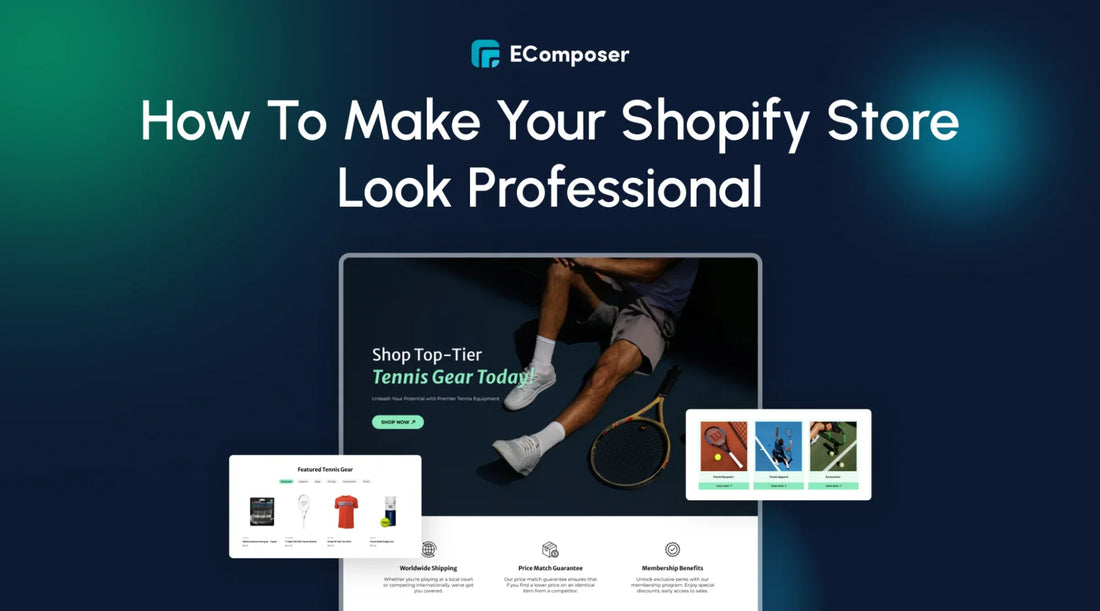
Table Of Contents
A professional appearance of your Shopify store can make all the difference in attracting visitors, building trust, and converting browsers into loyal customers. This guide will show you how to make your Shopify store professional with practical tips and real-life examples. Let's dive in and transform your online shop into a sleek, high-converting eCommerce powerhouse!
Why do you need to make your Shopify store look more professional?

https://ecomposer.app/demo/5231
- First Impressions Matter: Customers who land on your store form an opinion about your brand. A professional design creates a positive first impression, encouraging visitors to explore further.
- Builds Trust and Credibility: A well-designed, professional-looking store instills customer confidence. It signals that you're a legitimate business, reducing doubts and increasing the likelihood of purchases.
- Increases Conversion Rates: A clean, intuitive, and aesthetically pleasing store layout can guide customers seamlessly through buying. This reduces friction and boosts conversion rates, turning more visitors into paying customers.
- Reflects Brand Identity: Consistent and professional branding across your store helps build a strong brand identity. It makes your store memorable and helps establish a loyal customer base.
- Enhances User Experience: A professional design is often synonymous with a well-thought-out user experience. Easy navigation, clear product descriptions, and fast loading times create a smoother shopping experience, encouraging repeat visits.
10 Proven Ways to make your Shopify Store look more professional
1. Choose a Clean and Modern Theme

Choosing a clean and modern theme sets the foundation for a professional-looking store. It enhances user experience, making navigation intuitive and visually appealing. A well-chosen theme reflects your brand's identity and can significantly impact customer perceptions and conversions.
- Browse Themes: Visit the Shopify Theme Store and filter themes by industry and features.
- Preview Themes: Preview several themes to see how they look and function.
- Consider Customization: Choose a theme that offers customization options to match your brand.
- Mobile Responsiveness: Ensure the theme is mobile-responsive.
- Purchase and Install: Once you’ve selected a theme, purchase and install it. For premium options, check out The4, Kalles, and Ecomus on ThemeForest for top-selling, highly-rated themes combining style and functionality.
Optimization Tips:
- Customization: Tailor the theme to fit your brand by adjusting colors, fonts, and layout.
- User Reviews: Read reviews of the theme to understand its pros and cons.
- Support and Updates: Choose a theme with good support and regular updates to ensure longevity.
Explore here: 13+ Excellent Shopify 2.0 Themes FREE & Paid
2. Mobile Optimization

With over 80% of eCommerce traffic coming from mobile devices, mobile optimization is essential. A mobile-friendly store ensures a seamless shopping experience, reducing bounce rates and increasing conversions. It shows customers that you care about their convenience.
- Responsive Design: Choose a theme that is responsive by default.
- Test on Devices: Test your store on various mobile devices and browsers.
- Optimize Images: Use compressed images to improve load times.
- Simplify Navigation: Ensure menus and buttons are easily clickable.
- Mobile-Specific Apps: Consider mobile optimization apps like Shopney or Tapcart.
Optimization Tips:
- Speed: Ensure fast loading times on mobile devices by minimizing code and using caching.
- Touch-Friendly: Make buttons and links large enough to tap with a finger easily.
- Pop-ups: Use mobile-friendly pop-ups that don’t interfere with navigation.
3. High-Quality Visuals
High-quality visuals create a strong first impression and make your products more appealing. They help build trust and can significantly boost your conversion rates by showcasing products in the best possible light.
- Invest in Photography: Use a professional camera or hire a photographer.
- Edit Images: Use tools like Photoshop or Canva to edit.
- Multiple Angles: Provide images from different angles and close-ups.
- Consistent Style: Maintain a consistent style and background for all product photos.
- Lifestyle Images: Include lifestyle images to show products in use.
Optimization Tips:
- Image Compression: Use tools like TinyPNG to reduce image file sizes without losing quality.
- Alt Text: Add descriptive alt text to images for better SEO.
- Zoom Functionality: Enable zoom functionality on product images to let customers see details.
4. Consistent Branding
Consistent branding across your store builds a cohesive and recognizable brand identity. It fosters trust and loyalty, making your store memorable. Consistency in colors, fonts, and messaging ensures a professional appearance.
- Create Brand Guidelines: Define your brand’s colors, fonts, and tone of voice.
- Apply Branding: Use your brand’s elements consistently across all pages.
- Logo and Favicon: Ensure your logo is prominently displayed and upload a favicon.
- Custom Domain: Use a custom domain name that reflects your brand.
- Email Templates: Customize your email templates to match your branding.
Optimization Tips:
- Brand Colors: Stick to a limited color palette to avoid visual clutter.
- Typography: Choose fonts that are easy to read and align with your brand’s style.
- Brand Story: Include a compelling brand story on your About Us page.
5. Intuitive Navigation
Intuitive navigation helps customers quickly find what they’re looking for, enhancing their shopping experience. A well-structured menu reduces frustration and increases the likelihood of purchases.
- Simple Menu Structure: Keep your main menu simple and organized.
- Categories and Subcategories: Group products into logical categories and subcategories.
- Search Functionality: Ensure your search bar is visible and functional.
- Breadcrumbs: Use breadcrumb navigation to help users understand their location.
- Footer Links: Include essential links in the footer for easy access.
Optimization Tips:
- Mega Menus: Use mega menus for stores with many categories to provide a clear overview.
- Search Bar Placement: Place the search bar in a prominent location.
- Navigation Labels: Use clear and descriptive labels for menu items.
6. Professional Copywriting
Professional copywriting conveys your brand’s message clearly and persuasively. It engages customers, highlights product benefits, and drives conversions. Well-written content builds credibility and trust.
- Know Your Audience: Understand your target audience and tailor your language accordingly.
- Engaging Product Descriptions: Write clear, concise, and compelling product descriptions.
- Brand Voice: Maintain a consistent brand voice across all content.
- Proofreading: Use tools like Grammarly to avoid typos and errors.
- SEO: Optimize your copy for SEO to improve search rankings.
Optimization Tips:
- Bullet Points: Use bullet points to highlight key product features and benefits.
- Storytelling: Incorporate storytelling elements to make your content more engaging.
- Calls to Action: Include clear and persuasive calls to action.
7. Reviews & Testimonials

Customer reviews and testimonials build social proof, enhancing your store’s credibility. They influence purchasing decisions, showing potential customers that others have had positive experiences with your products.
- Request Reviews: Send follow-up emails asking customers to leave reviews.
- Display Testimonials: Showcase testimonials on your homepage and product pages.
- Review Apps: Use apps like Yotpo or Judge.me to manage reviews.
- Respond to Reviews: Engage with customers by responding to their reviews.
- Highlight Positive Reviews: Feature positive reviews prominently on your site.
Optimization Tips:
- Verified Purchases: Highlight reviews from verified purchases to build trust.
- Review Incentives: Offer incentives like discounts for leaving reviews.
- Review Sorting: Allow customers to sort reviews by rating and date.
8. Trust Signals & Security
Trust signals and security measures reassure customers that their information is safe. Displaying security badges, SSL certificates, and clear policies builds trust and reduces cart abandonment.
- SSL Certificate: Ensure your store has an SSL certificate.
- Trust Badges: Display trust badges and secure payment icons.
- Clear Policies: Provide clear return, shipping, and privacy policies.
- Secure Payment Options: Offer secure and trusted payment options like PayPal and Stripe.
- Contact Information: Include contact information for customer support.
Optimization Tips:
- Trust Badges Placement: Place trust badges near the checkout button and on product pages.
- Policy Pages: Make policy pages easily accessible from the footer and product pages.
- Customer Support: Offer multiple contact options like live chat, email, and phone support.
9. Fast Loading Speed
A fast-loading store provides a better user experience, reduces bounce rates, and improves SEO. Customers are more likely to stay and shop if your pages load quickly.
- Optimize Images: Use tools like TinyPNG to compress images without losing quality.
- Minimize Apps: Only keep essential apps to reduce load times.
- Use Fast Hosting: Choose a reliable and fast hosting provider.
- Lazy Loading: Implement lazy loading for images and videos.
- Speed Test: Regularly test your site speed using tools like Google PageSpeed Insights.
Optimization Tips:
- Browser Caching: Enable browser caching to speed up return visits.
- Minify Code: Reduce file sizes by cutting CSS, JavaScript, and HTML files.
- Content Delivery Network (CDN): Use a CDN to deliver content faster to users worldwide.
Learn more: 10+ Tips to Optimizing Page Speed for Shopify Store
10. Easy Checkout Process

A smooth and easy checkout process minimizes cart abandonment and increases conversions. Simplifying customers' steps to complete a purchase enhances their overall shopping experience.
- Streamlined Checkout: Use Shopify’s one-page checkout option.
- Auto-fill Options: Enable auto-fill for faster form completion.
- Multiple Payment Methods: Offer various payment options to cater to different preferences.
- Guest Checkout: Allow customers to check out as guests without creating an account.
- Progress Indicators: Use progress indicators to show customers how many steps are left.
Optimization Tips:
- Error Messages: Provide clear and helpful error messages during checkout.
- Save Cart: Allow customers to save their cart for later.
- Abandoned Cart Emails: Set up automated emails to remind customers of their abandoned carts.
Enhance Your Store with EComposer
For a comprehensive approach to creating a professional Shopify store, consider using EComposer, the top-rated Shopify Page Builder app. EComposer offers a range of powerful features to elevate both UI and UX:
- Drag & Drop Builder: Easily customize your store's layout with a user-friendly interface.
- Pre-Designed Templates: Access a wide selection of professionally designed templates to kickstart your design process.
- Responsive Design: Ensure your store looks great on all devices with built-in responsive design features.
- Advanced Design Options: Utilize advanced styling and design options to create a unique and visually appealing store.
- Conversion-Focused Elements: Incorporate call-to-action buttons, product sliders, and pop-ups to boost conversions.
- Real-Time Editing: Make changes and see them instantly with real-time editing capabilities.

Transform your Shopify store into a professional, high-performing eCommerce site with EComposer. Get started today and experience the difference EComposer can make for your online store!
Top 5 successful Shopify stores to learn from
1. Gymshark

Gymshark, founded in 2012 by Ben Francis and a group of high school friends, has grown from a small UK-based startup to a leading global fitness apparel brand. Gymshark's success can be attributed to its commitment to quality, innovation, and community engagement. The brand is known for its stylish and functional gym wear that appeals to fitness enthusiasts of all levels. Gymshark's rapid growth is fueled by its strategic use of social media, influencer partnerships, and a strong sense of community among its customers.
Key Takeaways
- Strong Branding: Consistent and recognizable branding across all touchpoints.
- Engaging Content: High-quality images and videos showcasing products in use.
- Community Building: Active social media presence and strong community engagement.
- Influencer Marketing: Effective use of influencers to promote products.
- Mobile Optimization: Seamless mobile shopping experience.
2. Kylie Cosmetics
Kylie Cosmetics, launched by Kylie Jenner in 2015, has revolutionized the beauty industry with innovative products and savvy marketing strategies. Leveraging Kylie Jenner's massive social media following, the brand quickly gained traction and became a household name in the beauty world. Known for its lip kits and expanding product line, Kylie Cosmetics has maintained its popularity by continually releasing new products and engaging with its audience through social media.
Key Takeaways
- Influencer Power: Leveraging Kylie Jenner's massive social media following.
- Product Launches: Creating a buzz with limited-time product drops.
- User Experience: Easy navigation and streamlined checkout process.
- High-Quality Visuals: Professional product photography and engaging visuals.
- Customer Engagement: Active interaction with customers on social media.
3. Allbirds

Allbirds, founded in 2016 by Tim Brown and Joey Zwillinger, has significantly impacted the footwear industry with its commitment to sustainability and comfort. The brand is renowned for using eco-friendly materials like merino wool and eucalyptus to create stylish and comfortable shoes. Allbirds' mission to build better things in a better way has resonated with environmentally conscious consumers, making it a leader in sustainable fashion.
Key Takeaways
- Sustainability: Strong emphasis on eco-friendly materials and practices.
- Minimalist Design: Clean, modern website design reflects the brand’s ethos.
- Transparency: Clear communication about the sourcing and manufacturing process.
- Customer Reviews: Prominent display of customer reviews and testimonials.
- Educational Content: Informative content about sustainability and product care.
4. Bombas

Bombas, a sock and apparel brand founded in 2013 by David Heath and Randy Goldberg, aims to improve the world one pair of socks at a time. Bombas donates every item purchased to someone in need. This commitment to social impact and high-quality products has resonated with consumers and driven the brand's success. Bombas' dedication to giving back and its focus on comfort and performance has made it a popular choice among socially conscious shoppers.
Key Takeaways
- Social Impact: Strong emphasis on social responsibility and giving back.
- Customer Loyalty: Effective loyalty program that rewards repeat customers.
- Storytelling: Compelling storytelling that highlights the brand’s mission.
- Product Variety: Wide range of products catering to different customer needs.
- Subscription Model: Subscription options for regular product deliveries.
5. MVMT Watches

MVMT (Movement), founded in 2013 by Jake Kassan and Kramer LaPlante, has disrupted the traditional watch industry with its stylish and affordable timepieces. The brand's direct-to-consumer model allows it to offer high-quality products at competitive prices by eliminating the middleman. MVMT's modern and minimalist designs have attracted a younger audience, making it a favorite among fashion-forward consumers.
Key Takeaways
- Direct-to-Consumer Model: Eliminating the middleman to offer competitive prices.
- Aesthetic Appeal: Modern and stylish product designs that attract a younger audience.
- Social Proof: Extensive use of customer testimonials and user-generated content.
- Influencer Collaborations: Collaborations with influencers to reach a broader audience.
- Email Marketing: Effective use of email marketing for promotions and customer retention.
What You Can Learn
- Brand Consistency: All successful stores maintain a consistent brand identity across all platforms.
- Customer Engagement: Engage with your audience through social media, influencers, and community-building efforts.
- High-Quality Content: Use professional visuals and compelling copy to showcase your products.
- Unique Value Proposition: Communicate what sets your brand apart, whether it's sustainability, social impact, or innovative products.
- User Experience: From browsing to checkout, ensure a seamless and enjoyable shopping experience.
By studying these successful Shopify stores, you can gain valuable insights into what works in eCommerce and apply these strategies to your store to enhance its professionalism and appeal.
Final Words
Creating a professional Shopify store is essential for standing out in the eCommerce landscape. By focusing on clean design, mobile optimization, high-quality visuals, and consistent branding, you set the stage for a seamless shopping experience. Learn from top brands to enhance your store’s credibility and appeal. Implement these strategies to build trust, drive conversions, and foster long-term customer loyalty.











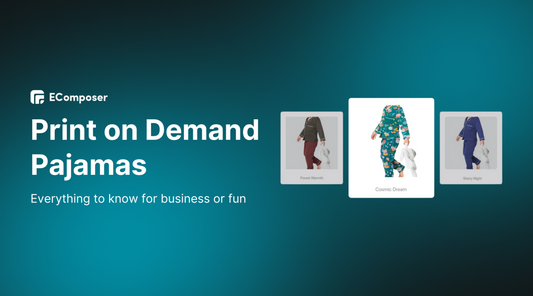
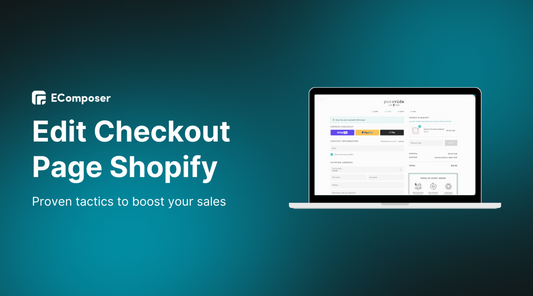
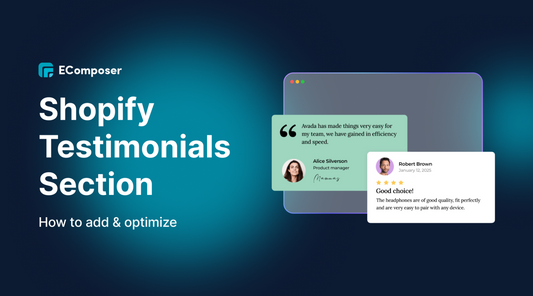
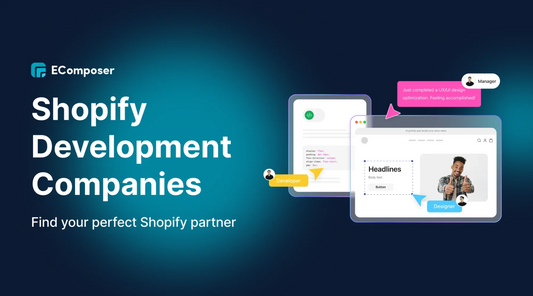
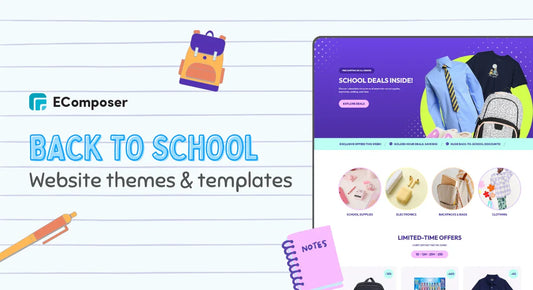







0 comments